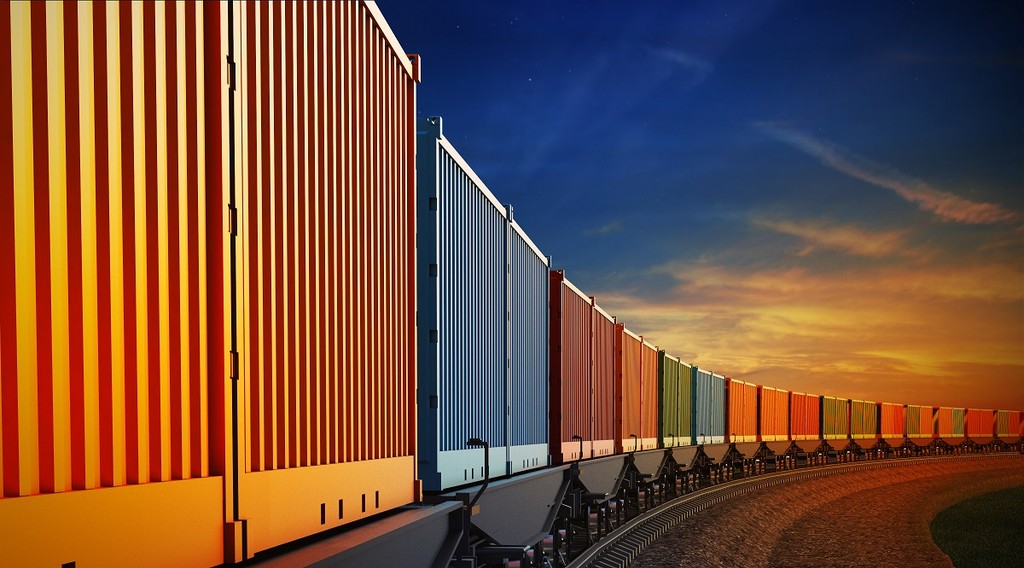The Process of Transporting a Truck by Train
Transporting a truck by train requires finding a transporter that ships by rail. However, most railroad lines disallow transporting vehicles from one location to another. The method is also gaining less popularity. One reason is that very few trains are able to ship vehicles now compared to two decades ago. Plus, shipping via truck is now more prominent as fewer and fewer people find less need for rail service transport.
Transport by Truck
- Trucks also provide quick pickup, delivery, and transit times. They also need not make many stops at each city they go through. Trucks also do not need to spend many hours unloading freight at every stop.
- Trucks are also able to fine-tune their routes as well as provide fast transport times at affordable rates. Such service keeps the cost of transporting a vehicle, such as a truck, relatively down.
- Compared to rail, trucks are more easy to locate. A slew of trucks can be seen running on the road through various routes in different cities. It is therefore easy for carriers to pick up your vehicle and deliver within your expected time frame.
Transport by Train
Meanwhile, transporting a truck by train requires that you wait for a train to pass through the place where your vehicle is located. You also need to drive your truck to the train station and pay the necessary fees related to rail transport. The process of moving a truck via rail is also heavily regulated. Essentially, this results in higher transport costs along the rail lines.
Numerous transport companies also charge fees for transshipments. Transshipments occur when your truck is dropped off to a different location in order for it to be placed on another train prior to its intended destination. If you are planning to transport a truck by train, make sure that you are properly informed of the costs. Doing so could help you lessen the cost.
Two types of train transport
One way to ship trucks by train is through the open-air method, the other is via the enclosed method.
- The open-air method sees your truck exposed to external elements. However, the truck is properly secured onto the train. This option is considered the least costly. It is mostly selected by those who intend to ship in short distances or who plan to ship numerous vehicles.
- This method sees trains with open-framed haulers secure numerous vehicles. Using this transport process opens your car to be susceptible to outside elements and poor weather conditions. Fortunately, licensed transporters are required to have their state’s minimum insurance coverage.
- Meanwhile, the enclosed transport method helps protect the truck within the train’s four metal walls. The vehicle is positioned within a large shipping container. The same container could also hold other items that will be shipped along with the truck. Though the cost of this container is more expensive, some individuals opt to split the available space as well as cost with another person.
- This method is also more costly because it provides your truck with additional security. The enclosed transport sees the car positioned in an enclosed container. It is also properly secured for the journey. A few rail transporters will allow other goods to be delivered within the vehicle’s container.
Related article: Why Transport Your Goods By Truck?
The Cost of Transporting a Truck by Train
Numerous manufacturers and dealers opt to transport a truck by train especially when they need to move multiple cars to one location. Fortunately, shipping via rail costs a tad less compared to shipping by truck. However, not all rail transport services allow those with multiple vehicles to ship to utilize their shipping service. But if open spots are present, rail transport services make sure they look for customers to fill these.
- On average, it costs anywhere from $800 to more than $1,000 to ship a vehicle via truck across a country. However, doing so via rail costs less since not much fuel is required to operate a train. A few trains even permit passengers on board along with the vehicles as well as other cargo items.
- How much your rail transport would cost depends on the services you opt to buy. If you selected door-to-door delivery, the cost will similarly increase. Transporters usually ensure that your vehicle is properly secured once it reaches the final railroad drop off station that is most near the designated delivery address.
The Facts of Transporting a Truck by Train
Rail transport is mostly used to move large-sized commodities such as coal, grain, chemicals. The major main rail carriers are the Canadian National as well as the Canadian Pacific.
The railways of Canada annually move bulk items such as sulphur, coal, potash. These shipments are transported over long distances at a less cost. Doing so allows the country to effectively compete in the world markets.
Is it Better to Transport a Truck by Train?
- Trains are considered to be more energy-efficient compared to trucks.
- Trains also possess more significant friction than trucks. An adequate amount of friction allows a vehicle to move forward using less energy.
- The fact that trains possess more steel strength illustrates its efficiency. Compared to trucks that have rubber tires that sag under 80,000 lbs of freight, the train’s stiff steel minimizes any damage the rails would incur. Meanwhile, roads have the tendency to be deformed due to a truck’s weight.
- In the science of aerodynamics, vehicles need to punch through a hole in the atmosphere. After which, that hole closes until the next heavyweight truck punches a hole anew. But trains, which are capable of carrying a hundred containers, punch a hole through the atmosphere, other cars can go through the same hole thereby saving huge amounts of energy.
- Compared with a truck engine, a train’s engine is more efficient. The former provides 500-horsepower while the latter offers 4,400-horsepower.
- Transporting by train is less expensive. Using a truck carrier requires that fees such as fuel, labour, tolls be paid. But truck transport removes these costs thereby decreasing the expenses per load.
- Fuel-wise, trains can run for more than 400 miles on a mere gallon of fuel. As a result, savings on freight shipping is achieved.
- If the origin and destination of your freight are near railheads, rail freight becomes less expensive. Shipping by rail is also the cost-efficient choice if you are shipping heavy and large freight.
- In terms of greenhouse gas emissions, rail transport makes fewer stops and utilizes less fuel. As a result, fewer greenhouse gas emissions are produced.
- A flexible schedule is also possible for rail transport. This results in faster loading and unloading times.
Railway Freight has Flexible Rates and Schedules
With the flexible shipping rates and schedules, you can move your freight more conveniently. There are more access points in Florida, Louisiana, Illinois and throughout North America. There is also faster loading and unloading times due to the flexibility of the rail and truck freight services. The transit time can sometimes be longer though. So freight by rail is best when you aren’t on a time crunch.
Conclusion
Transporting a truck by train is a viable option as long as you know the effects your decision will bring to your cargo, customers, and business. Knowing the process of train transport helps you make an informed decision on whether this method is appropriate for your cargo needs and requirements.
Related article: Where to Obtain Efficient Transportation Services
Sign up for industry alerts, insights & news from RoadLINX


